As the core hub connecting IoT devices and the cloud, an edge computing IoT gateway operates through three key stages: data acquisition, edge processing, and intelligent transmission, facilitated by hardware-software collaboration for efficient, secure, and low-latency data flow. Below is a detailed breakdown of its workflow and technical implementation logic:
The primary task of an edge computing IoT gateway is to connect various IoT devices for real-time data collection and standardization. Its operational mechanisms include:
Protocol Conversion and Device Access
Supports bidirectional conversion of over 50 industrial protocols (e.g., Modbus, OPC UA, CAN bus) and cloud protocols (MQTT, HTTP) to resolve device "island" issues.
Example: In industrial settings, the gateway converts Siemens PLC's Profinet protocol to MQTT format for seamless integration with platforms like Alibaba Cloud and AWS IoT.
Multimodal Data Collection
Captures heterogeneous data such as temperature, humidity, pressure, images, and audio via sensor interfaces (e.g., RS485, GPIO) or wireless modules (5G/LoRa/Wi-Fi).
Typical Case: In smart agriculture, the gateway simultaneously connects soil moisture sensors, weather stations, and drone cameras for comprehensive environmental and crop growth data collection.
Real-Time Performance and Reliability Assurance
Utilizes hardware-level triggering mechanisms (e.g., GPIO interrupts) to ensure millisecond-level responses to critical data (e.g., equipment failure signals).
Offline caching supports 72-hour local storage with automatic resumption of data transmission upon network recovery to prevent data loss.
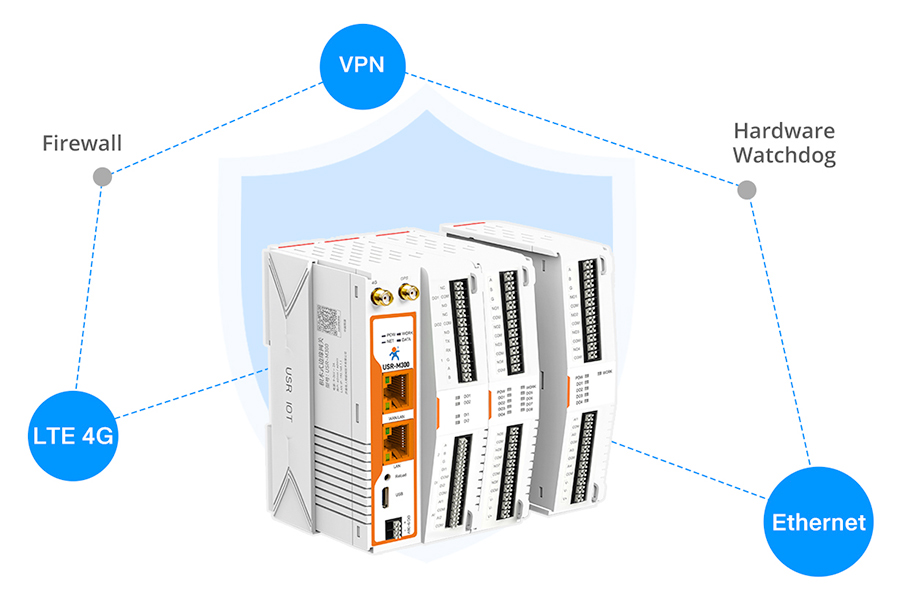
The gateway employs built-in high-performance processors (e.g., 4-core ARM Cortex-A72) and AI acceleration chips (NPU) for local data cleansing, analysis, and decision-making, as outlined below:
Data Preprocessing
Cleansing and Filtering: Removes invalid data (e.g., sensor outliers) to reduce data transmission volume by 30%-90%.
Feature Extraction: Identifies equipment vibration characteristics through time/frequency domain analysis (e.g., FFT transformation) or uses computer vision algorithms to recognize key targets in images.
Compression and Encoding: Employs LOF anomaly detection + piecewise linear approximation techniques to achieve 90% time-series data compression while retaining critical information.
Edge AI Inference
Deploys lightweight models (e.g., TensorFlow Lite, ONNX Runtime) for real-time decision-making.
Typical Applications:
Industrial Quality Inspection: Identifies product surface defects using the YOLOv5s model at a detection speed of 42 FPS.
Medical Monitoring: Processes ECG data locally, uploading only abnormal heart rate segments to reduce data transmission by 90%.
Local Storage and Computing Synergy
Equipped with SLC NAND flash memory (endurance ≥15 years) to store critical historical data for offline analysis.
Implements real-time aggregate calculations (e.g., hourly production line yield statistics) via streaming computation engines like Apache Flink.
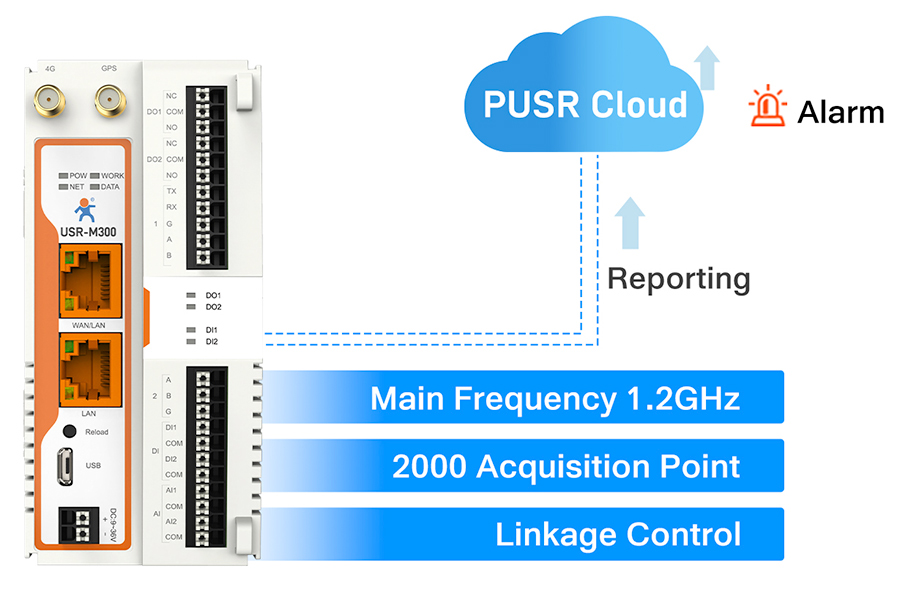
The gateway dynamically selects data transmission strategies based on business requirements to optimize network bandwidth and cloud load:
Hierarchical Transmission Mechanism
Critical Data Direct Cloud Transmission: Prioritizes equipment fault codes and security alerts via 5G low-latency channels (<10 ms).
Non-Critical Data Local Processing: Uploads only daily statistical summaries for environmental monitoring data, reducing bandwidth usage by over 80%.
Secure Transmission Assurance
Hardware-Level Encryption: Utilizes TPM2.0 security chips for data encryption (AES-256-GCM) and key management.
Secure Tunnels: Establishes encrypted transmission channels via IPSec VPN or TLS 1.3 to prevent data tampering.
Access Control: Restricts device access permissions using OAuth2.0 and RBAC models, e.g., allowing only authorized IP-segment PLCs to access production data.
Cloud-Edge Collaboration Optimization
Data Migration: Supports bidirectional edge-cloud data synchronization, e.g., dynamically deploying cloud-trained AI models to the gateway.
Task Scheduling: Automatically allocates computational tasks based on device load, delegating high-complexity analyses to the cloud while handling simple decisions locally.
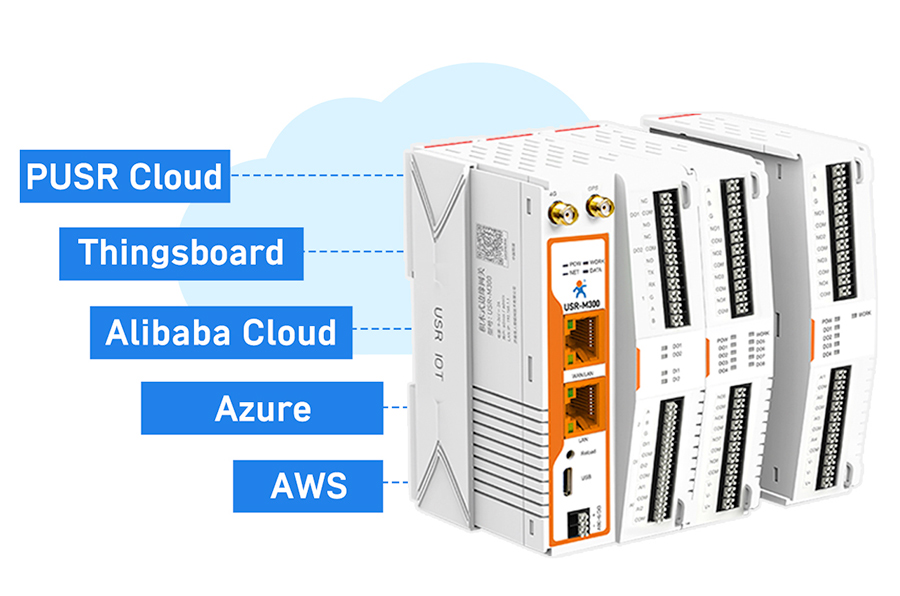
By decentralizing computing, storage, and networking capabilities to data sources, edge computing IoT gateways enable low-latency, high-reliability, and data privacy-preserving operations. They are widely used in scenarios demanding real-time performance, security, and bandwidth efficiency. Below are key application scenarios and specific cases:
Predictive Maintenance
Scenario: In high-value equipment settings like automotive and semiconductor industries, the gateway collects vibration, temperature, and current data in real time, analyzing equipment health via edge AI models (e.g., LSTM time-series prediction).
Case: A steel plant achieved 92% accuracy in blast furnace fan failure prediction after gateway deployment, reducing annual downtime losses by over RMB 20 million.
Key Metrics: Data sampling rate ≥10 kHz, model inference delay <5 ms, support for 200+ simultaneous device connections.
Flexible Production Line Optimization
Scenario: The gateway connects PLCs, robots, and sensors to enable real-time production parameter adjustments, e.g., dynamically switching product models based on order demands without manual intervention.
Case: An electronics factory reduced product changeover time from 2 hours to 15 minutes using edge gateways, boosting capacity by 30%.
Technical Support: Compatibility with industrial protocols like OPC UA and Modbus, seamless integration with MES/ERP systems.
Automated Quality Inspection
Scenario: Deploys lightweight AI models (e.g., YOLOv5s) via edge gateways for real-time product surface defect detection (e.g., scratches, cracks).
Case: A photovoltaic enterprise achieved 42 FPS silicon wafer defect detection with a <0.5% miss rate using gateways, improving inspection efficiency 10-fold over manual methods.
Advantage: Local processing eliminates raw image uploads, saving over 90% bandwidth.
Intelligent Traffic Signal Control
Scenario: The gateway integrates camera and radar data for real-time traffic flow analysis via edge computing, dynamically adjusting signal timings.
Case: A pilot intersection reduced congestion by 25% and average waiting times by 40% after gateway deployment.
Technical Features: Supports parallel processing of multiple video streams (1080P@30fps) with decision delays <200 ms.
Environmental Monitoring and Early Warning
Scenario: Deployed in chemical parks and rivers, the gateway collects PM2.5, VOCs, and water quality data in real time, triggering alerts upon exceeding thresholds.
Case: A chemical plant shortened toxic gas leak detection response times from 5 minutes to 10 seconds using gateways, averting major accidents.
Scalability: Supports low-power wide-area networks like LoRaWAN and NB-IoT, covering 10 km radii.

Smart Street Light Management
Scenario: The gateway automatically adjusts street light brightness based on ambient light, traffic, and pedestrian density while monitoring equipment failures.Distributed Energy Management
Scenario: In photovoltaic plants and wind farms, the gateway collects real-time generation data to optimize energy scheduling (e.g., storage charging/discharging strategies).
Case: A photovoltaic plant achieved <3% generation forecasting errors and 15% higher grid connection efficiency using gateways.
Technical Requirements: Compatibility with power protocols like IEC 61850 and DNP3, electromagnetic interference resistance ≥4 kV.
Transmission Line Inspection
Scenario: The gateway connects drones or cameras, using edge AI to identify tower tilting, insulator damage, and other defects.
Case: A power grid company improved inspection efficiency 5-fold and achieved 95% defect recognition accuracy after gateway deployment.
Advantage: Local processing eliminates high-definition image transmission, reducing data volume per inspection by 80%.
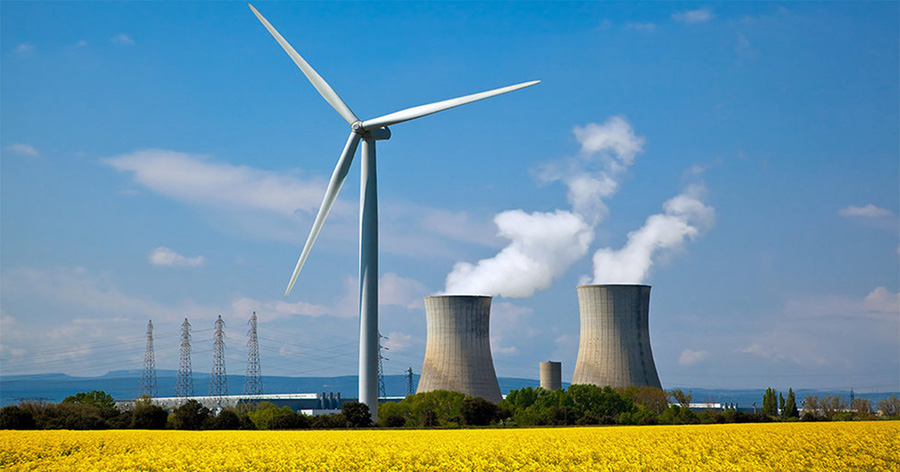
Demand Response and Load Control
Scenario: In industrial parks and commercial complexes, the gateway automatically adjusts air conditioning, elevator, and other equipment operation modes based on electricity price signals.Ambulance Life Monitoring
Scenario: The gateway transmits patient ECG, blood pressure, and blood oxygen data to hospitals in real time via 5G low-latency channels while running local emergency decision models.
Case: A hospital pilot project advanced rescue preparation times by 10-15 minutes, improving heart attack patient survival rates by 20%.
Technical Indicators: <1 s delay for vital sign data transmission, supporting 5G+Wi-Fi dual-link redundancy.
Remote Surgical Robot Control
Scenario: The gateway serves as the edge control unit for surgical robots, enabling localized processing of surgeon operation commands to minimize network latency impacts on surgical precision.
Case: A top-tier hospital performed inter-provincial remote prostatectomies with <50 ms operation delays using gateways.
Security Requirements: Supports hardware-level encryption (AES-256) and dual-factor authentication to ensure zero data leakage.
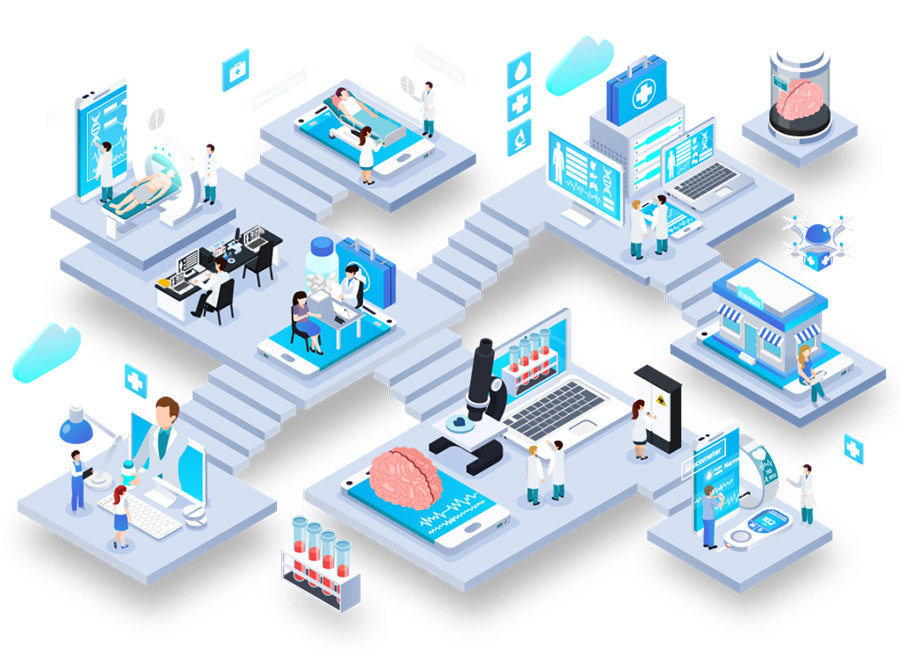
Hospital Equipment Management
Scenario: The gateway monitors the operational status of large equipment like CT and MRI scanners, predicting failures and automatically generating maintenance work orders.Farmland Environmental Monitoring
Scenario: The gateway connects soil moisture, pH, and weather station sensors, automatically controlling irrigation and fertilization based on crop growth models.
Case: A farm reduced rice irrigation water usage by 30% and increased yields by 15% using gateways.
Technical Features: Solar power support and IP68 protection for harsh environments.
Livestock Management
Scenario: The gateway collects animal body temperature and activity data, using edge AI to identify disease symptoms (e.g., early signs of swine fever).
Case: A pig farm advanced epidemic detection times by 3-5 days and reduced mortality by 20% after gateway deployment.
Innovative Application: Combines UWB positioning technology for individual behavior tracking.
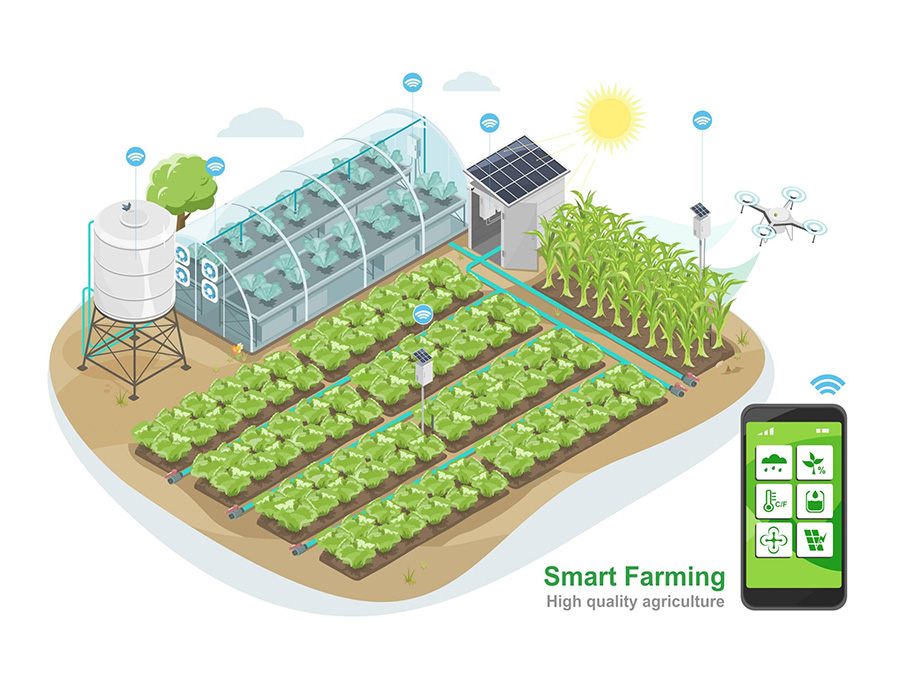
V2X Communication
Scenario: The gateway serves as an onboard unit (OBU), enabling real-time vehicle-to-vehicle (V2V) and vehicle-to-infrastructure (V2I) communication.
Case: A smart connected vehicle test site achieved 200-meter advance red light information (push) using gateways, preventing abrupt braking.
Technical Standards: Supports protocols like DSRC and C-V2X with communication delays <100 ms.
Autonomous Driving Data Preprocessing
Scenario: The gateway performs real-time fusion and target detection of LiDAR and camera sensor data, reducing cloud computing loads.
Case: An autonomous driving company lowered data processing delays from 200 ms to 50 ms using gateways, enhancing decision safety.
Computing Requirements: Supports GPU acceleration with ≥1 TOPS performance.
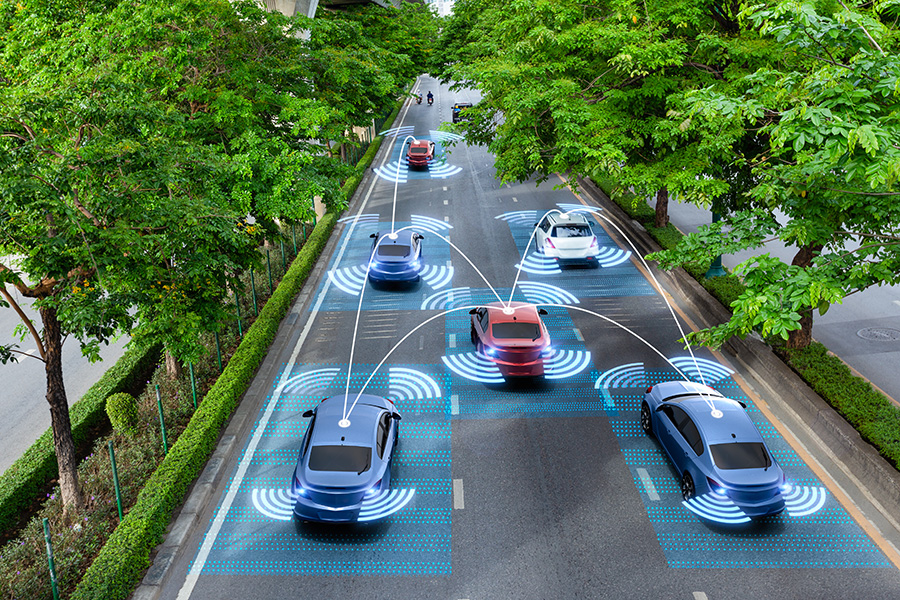
Fleet Management
Scenario: The gateway collects vehicle fuel consumption, tire pressure, and driving behavior data to optimize scheduling and maintenance plans.Scenario: The gateway connects cameras and sensors, using edge AI for product recognition, customer behavior analysis, and inventory management.
Case: A convenience store achieved a "grab-and-go" shopping experience using gateways, cutting labor costs by 60%.
Technical Highlights: Supports multi-camera collaborative tracking with ≥80% occlusion resistance.
Scenario: The gateway collects temperature, humidity, and vibration data in real time, triggering alerts and remedial actions (e.g., activating backup refrigeration) upon exceeding thresholds.
Case: A pharmaceutical company maintained full-process temperature control for vaccine transportation using gateways, reducing damage rates from 5% to 0.1%.
Compliance: Meets GSP (Good Supply Practice) requirements with ≥5-year data storage cycles.
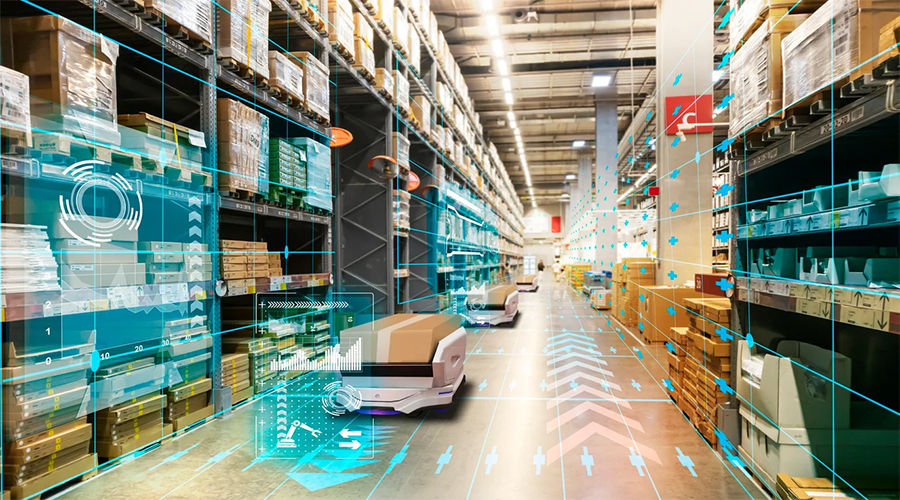
Smart Warehouse Management
Scenario: The gateway connects AGVs (Automated Guided Vehicles), robotic arms, and RFID readers for automated cargo sorting and inventory checks.
Case: An e-commerce warehouse tripled outbound efficiency and reduced mis-shipment rates to <0.01% using gateways.
Technical Advantages: Supports SLAM (Simultaneous Localization and Mapping) algorithms for dynamic environment adaptation.
Real-Time Performance: Reduces computing delays from seconds (cloud) to milliseconds, meeting demands of industrial control, autonomous driving, etc.
Bandwidth Optimization: Local processing cuts data transmission by over 90%, lowering 5G/fiber network costs.
Data Security: Encrypts and processes sensitive data locally to prevent cloud leakage risks.
Reliability: Supports offline caching and local decision-making to ensure critical business continuity.
AI Capability Decentralization: More models will shift from cloud to edge, e.g., federated learning enabling collaborative training across edge nodes.
Computing Power Upgrades: Heterogeneous computing (CPU+GPU+FPGA) and compute-in-memory architectures will overcome memory bottlenecks.
Security Enhancements: Blockchain-based log attestation and quantum encryption will address future security challenges.
By closing the loop of "acquisition-processing-transmission," edge computing IoT gateways extend cloud computing capabilities to data sources, enabling a distributed intelligence architecture where "data is processed where it is generated." Their core value lies in reducing latency, saving bandwidth, enhancing security, and supporting real-time decision-making for Industry 4.0 and smart city applications. As 5G and AI technologies converge, edge computing IoT gateways are evolving from simple data forwarding devices into "edge brains" with local intelligence, security defenses, and cloud-edge collaboration capabilities.